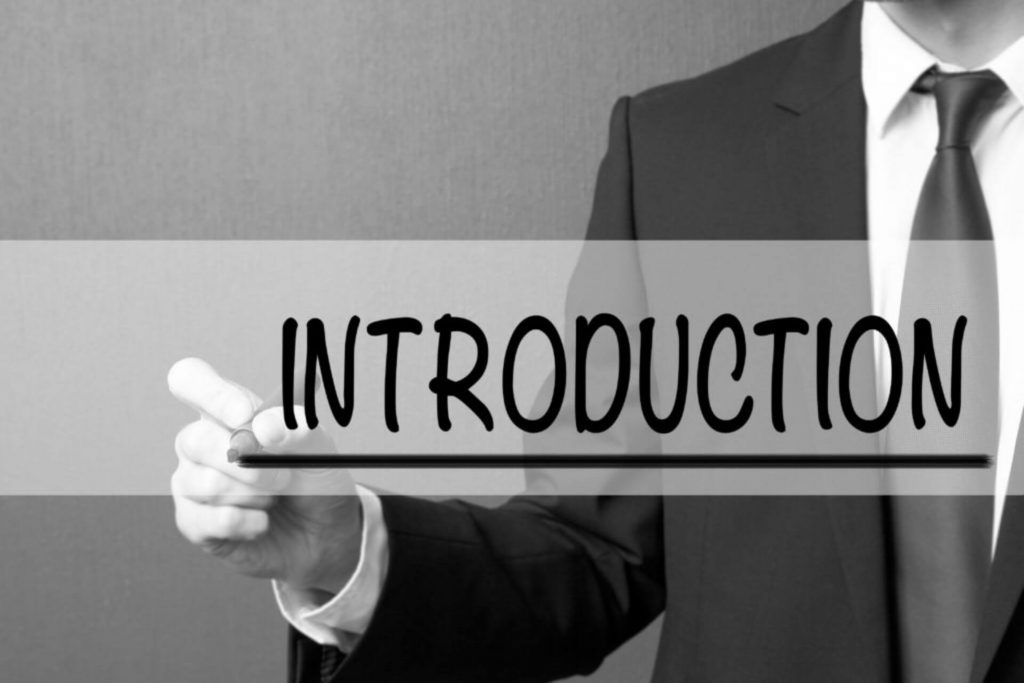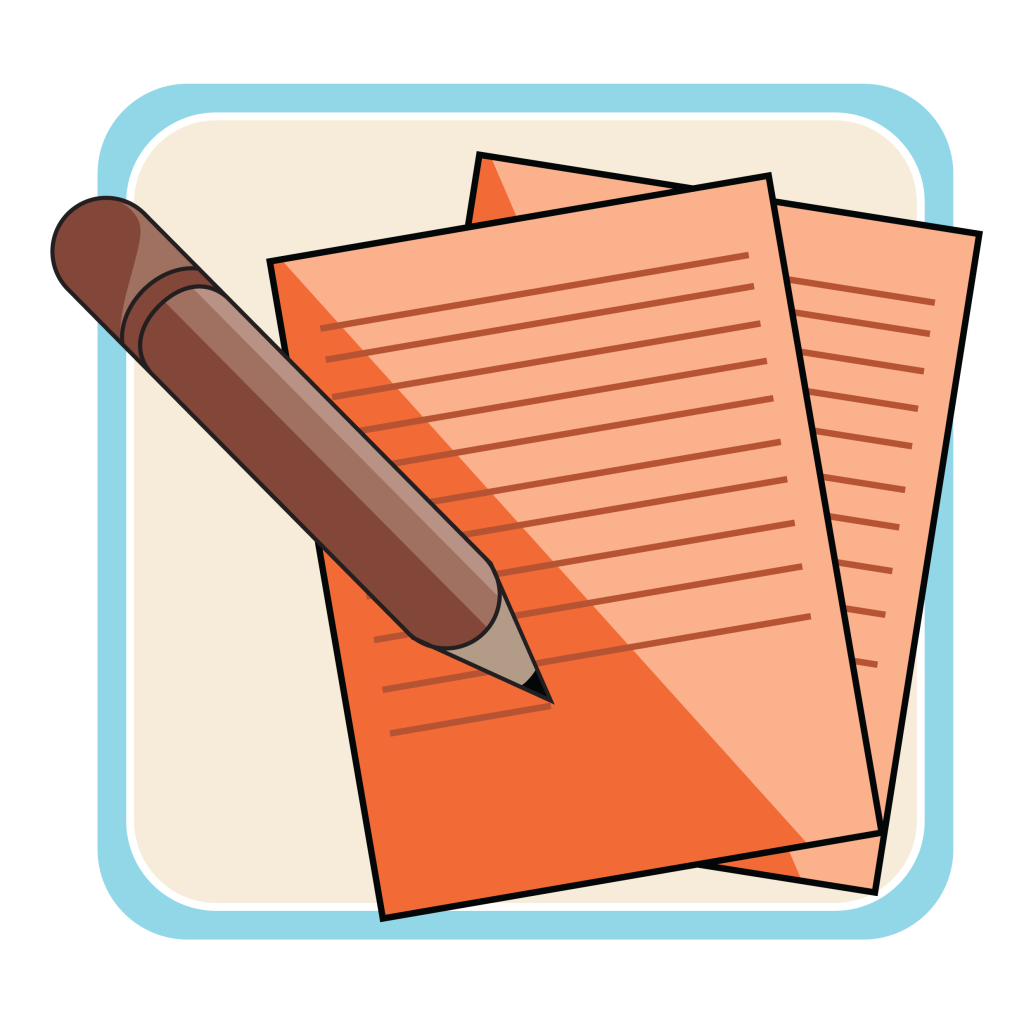
A thesis is a research compilation that gives evidence that you are knowledgeable about the content learned in your graduate discipline, your writing skills, and academic research skills. It is an academic writing which represents the analysis, interpretation and discussion based on extensive independent research.
Table of Contents
Below Are Elements of an Effective Thesis
- It is not a topic
- A thesis is never a question. A thesis should be debatable; hence if you present your thesis as a question, it will not be workable since a question is not arguable.
- It should have two parts, a part which represents what plan to debate and it should show how you intend to argue it.
- A thesis should not be combative, vague or confrontational. Choose a topic that will raise judgmental and moralist aspects instead of thoroughness and rational elements. Ensure that when readers read your thesis, they agree with you else they might stop reading.
- Your thesis should have a claim that is debatable and definable. Such that from the statement you make the readers stop to think about your thought. They might feel that your argument might be valid though they are not convinced; hence they feel the need to continue reading to see how the argument proceeds.
- A thesis needs to be straightforward and specific. Avoid using terms that are general, overused and abstractive.

img source: secureservercdn.net
Tips on Writing a Good Thesis
Get Prepared for The Task
Before you start working on your paper, ensure you understand the task at hand. Read through keenly identify areas that ought to confuse you and seek clarification help maybe from your professor or peers who have already done their thesis papers.
Understand the goal of the thesis, length requirement, formatting, submission method and deadline
Be realistic, and schedule sufficient time to research, compose and edit your paper.
Choose A Research Topic.

img source: paperperhour.com
There are various ways in which you can identify an idea for your thesis. You talk through with your peers or professor or do brainstorming with paper and pen.
You can also obtain inspiration from previously done thesis papers from the recommendation or discussion parts. These sections often incorporate suggestions of other specific topics that need further research.
Once you have established a broad subject area that you can cover, narrow it down to identify a topic that excites you, meets the criterion requirements of your task and is manageable to be researched on ideas that are specific and original.
Conduct Preliminary Research
Identify discussions which seems relevant to the topic, and attempt to identify a problem that you can focus your thesis paper around. Use a range of sources such as books, reliable websites, journals and previous researches to make sure anything glaring does not pass you.
Do not limit yourself to verifying ideas which you can only think of, look for sources that contradict your opinions. For example, question yourself if there are things which people have overlooked in the sources you research, do any heated arguments exist which you can address, are there any recent establishments on the extant study.
At this stage, write a few research questions for guidance purposes. to compose your questions consider completing sentences such as I want to know why, how, what among others
Write an Abstract

img source: chegg.com
In a single line, explain why the thesis paper is important. Then give a summary of your main results, write your points in bullets or numbers. The final sentence should expound on the main implications of your research.
Make sure that your abstract is understandable, concise and quantitative.
Approximately 400 words in length with not more than 2 paragraphs
Details in the title should not be reused.
Use numbers where possible
Be explicit
Your abstract should answer the following type of questions.
- What you have done
- Why you did it, what questions were you attempting to answer?
- How did you do it? indicate the techniques
- What you have learned. indicate the main results
- Why it matters. list at least one relevant implication
Develop Your Thesis Statement

img soruce: newsgram.com
A thesis statement should establish your central argument, the aim and position of your paper. If you began with a research question, the thesis statement should respond to it. It should also reveal what proof and reasoning you will apply to support your answer.
Know the topic. The topic should be something you can learn, or know about. Reflecting on individual experience or undertaking research will help you garner more data about the topic
Limit your topic. Depending on your final paper length, limit the topic to a given area. A broad scope will need a lengthy paper while a short paper will well cover a small scope.
Summarize your thesis statement argument in 1 or 2 sentences. Make a concise, coherent and contentious claim that needs further analysis or evidence.
You might probably redefine or revise your thesis statement as you proceed with your study. However, it serves as a guide purpose during the writing process. Each paragraph should target to support and develop the central argument.
Invest ample time in writing your thesis statement since it is the paper’s main idea from which everything else flows. failure to write a well-thought thesis statement might result in your paper being jumbled and with an unclear purpose
Develop Your Thesis Outline
Make a list of your major arguments, topics and proofs that you want to incorporate, divide into parts with headings so that you can have an idea of how the final paper will look.
An outline will help you organize your ideas before you start writing. Write the main points that you will present to support your thesis statement to generate your subheading. Then organize your ideas and information below your subheadings.
Any information that does not fit with your outline framework, and does not directly evidence your thesis paper regardless of how interesting it might be leave it out. Keep your focus narrow.
Write the Introduction

img source: ponwell.com
In this section, write the background and context of your entire paper. Write a strong, engaging opening sentence.
Expound on the aim of your paper and how you intend to approach the topic. Describe how you have organized your approach to the topic.
The section of your paper should address these questions.
How? let the reader know what they will find in the paper
What? The paper’s topic should be specific, define the main concepts or terms.
Why? This is the most relevant yet the most challenging section of the introduction. Address the questions: what new ideas or resources are you providing? What relevant problems does your paper define or answer?
Finish your introduction paragraph with your thesis statement
Write the Body
The secret to staying on track is to always refer to your thesis statement and topic sentences.
Check the topic sentence against the thesis statement.
Check the topic sentence against logical ordering and similarities against each other.
Check every sentence against that paragraph’s topic sentence.
Make use of your outline at this stage. Remember to maintain focus on your thesis statement and to evidence your points.do not allow sources to organize your paper apply your sources when they seem relevant.
Recognize paragraphs that seem to address a similar thing. If two paragraphs explain similar things, they must approach the topic in a diverse approach.
Purpose develops smooth transitions between sections, paragraphs and sentences.
Write the Conclusion

img source: kibin.com
At this stage, you wrap up your paper.
Present your thesis statement again by rewording it.
Make a brief summary of the points you have presented in the paper. Expound why you believe the points you have stated support your study.
If your thesis is inconclusive, explain why you believe the topic needs further research.
Make sure that from your conclusion, the reader can understand how you have solved the problems that were stated in the introduction section.
You can also explain the general repercussions of the argument. State what the study provides to future researchers on the topic, and suggest questions that the paper develops but fail to answer.
Avoid raising a new argument or other relevant data in this section.
Recommendations
If appropriate, you can incorporate them
State remedial actions to settle the issue
Further research to cover gaps in our understanding
References

img source: businessnhmagazine.com
Ensure you cite all text, ideas, data which are not yours
When you make a statement, evidence it with your information or a reference
All cited references need to be listed
Avoid using footnote
List the references in alphabetical order and the correct format
Appendices
Incorporate all your data in the appendix
Reference information or resources which are not readily available
You can include a significant article as an appendix
Tables and figures, as well as captions, should be put in the text, not in the appendix. Unless if they occupy more than 2 pages and do not compromise your argument. For more information about the thesis writing assistance, visit this website







